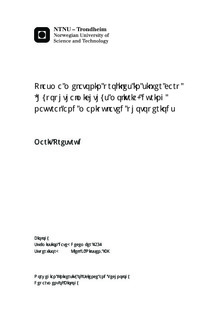Plasma melatonin profiles in silver carp (Hypophthalmichthys molitrix) during natural and manipulated photoperiods
Abstract
Photoperiodic manipulation of reproductive events in fish is suggested to secure all-year supply of fish fry in the Nepalese aquaculture. This could significantly improve food security and decrease poverty in Nepal. In order to achieve this, knowledge about the teleost melatonin system and reproduction is needed. The present study examined blood plasma profiles of the hormone melatonin in silver carp (Hypophthalmichthys molitrix) in Nepal during natural and manipulated photoperiods. Plasma melatonin levels throughout the natural 24-hour light-dark cycle were low during the light period, and increased several folds during the dark period. Peak level was reached early in the dark period, 2.5 hours after onset of darkness. Thereafter levels decreased prior to sunrise. When the silver carps were exposed to continuous darkness, the diurnal rhythmical melatonin levels observed during natural light-dark cycle were sustained. The melatonin levels during the time of the natural light period were low, and increased significantly during the time of the natural dark period, even if the fish were deprived of time signals in the light-dark cycle. In another experiment, silver carps were subjected to a period of two hours darkness at different times during the natural light period. Darkness at morning and midday did not increase plasma melatonin levels, whereas darkness during late light-phase gave a significant increase in plasma melatonin levels. The findings in this study suggest that melatonin synthesis from the pineal gland in silver carp is controlled by an endogenous biological clock. Plasma cortisol levels were measured, and were relatively high. However, it is suggested that cortisol may not have influenced the plasma melatonin levels and fluctuations in the silver carps in the present study significantly.
